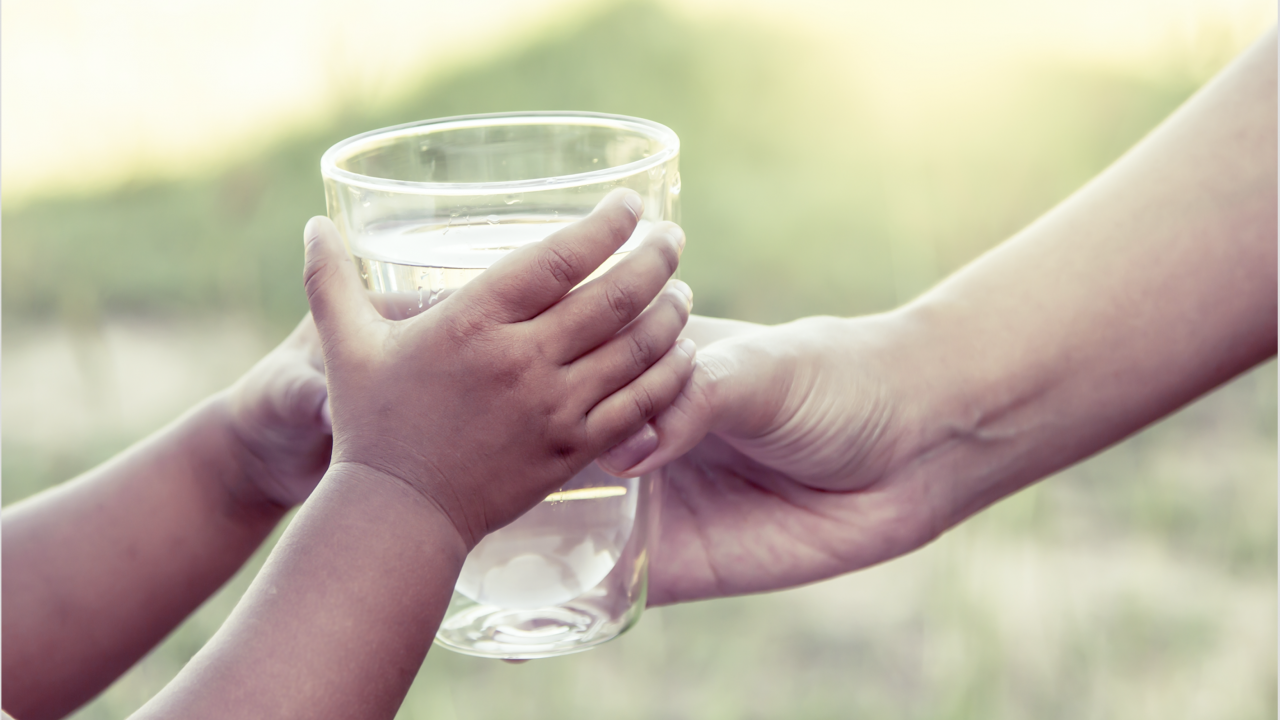
Scientists, pediatricians and public health officials from the U.S. and around the globe agree that there is no safe level of lead exposure. Even the smallest amounts can cause irreversible changes, including diminished IQ and behavioral problems in children.
This National Lead Poising Prevention Week, EWG wants to arm parents and all Americans with information that can help reduce lead exposures.
The tragic circumstances that occurred in Flint, Mich., where up to 12,000 children have been exposed to high levels of lead from the city’s drinking water, were not an isolated incident. Lead overexposures are very common. The Centers for Disease Control and Prevention estimates that more than 500,000 American children have lead exposures that pose a risk to their health. One report from our colleagues at the Natural Resources Defense Council, or NRDC, estimated that in 2015, roughly 18 million Americans were potentially drinking lead-contaminated water.
The two main sources of lead exposure for American kids are old paint, and drinking water that runs through antiquated pipes and fittings made with lead-based alloys or solder.
Ultimately, removing lead from drinking water should be tackled by municipalities, water utilities, states and Congress working together. Until that happens, the best option is using filters that remove lead from drinking water. EWG has an online guide to water filters that details more than 80 filtration options, including many that cost about $30 that can significantly reduce the levels of lead in your tap water.
Lead-based paint continues to be a major exposure source for children. If your home was built before 1978 and you are not sure if it contains lead paint, you may want to consider having it tested. Some local health departments test for free in households with young children. Otherwise, a certified inspector can do it for a fee. Lead-based paint is a hazard during remodeling. Intact paint can still pose risks, as small amounts rub off and contaminate house dust. Young children can ingest harmful amounts of lead when they play on the ground and put their hands or other household items in their mouths. You can find out more about inspection, risk assessment and lead abatement here.
Many young children should have their lead levels checked, as the CDC has concluded that there is no “safe” level of lead exposure, and recommends public health interventions for children with blood lead levels above 5 micrograms of lead per deciliter of blood (ug/dL).



